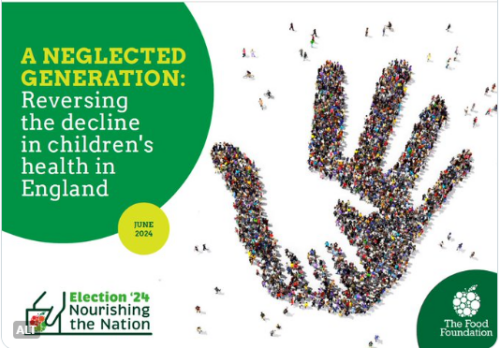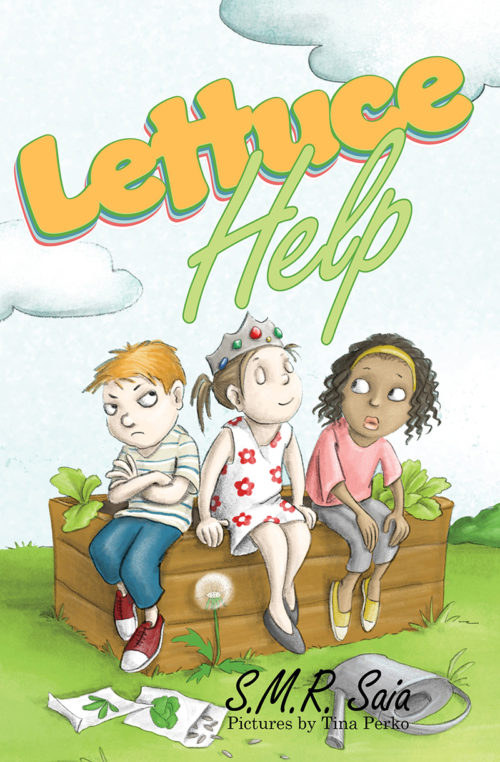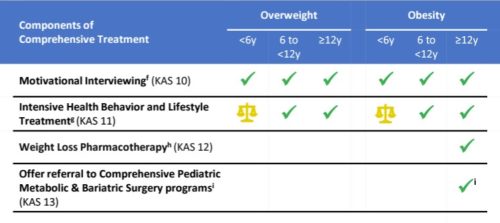The official MAHA kids’ health strategy report is out: the leaked draft redux
Yesterday, USDA and HHS released the official version of the leaked draft: Make Our Children Healthy AgainStrategy
It’s pretty much the same as the one I saw previously and posted about.
A bunch of reporters sent me copies of the draft for comment. I wrote up some general comments:
Comments on MAHA Strategy Report
First impression: Wait! I’ve seen this before. Make Our Children Healthy Again? Isn’t that exactly what Michelle Obama was trying to do in 2010 with a Task Force Report, greeted by outrage and disdain for nanny-statism. So here’s the RFK Jr version of the nanny state.
The report has a lot of ideas for actions that really could improve health, but is short on specifics and weak on regulatory action. It has not changed much from the leaked version. Its overriding message is still “more research needed.” It does not say nearly enough about what needs to be done to improve the diets of America’s children.
On reducing intake of ultra-processed foods, it says it will try to develop a definition as a basis for future research and policy—a distant goal.
On school food, it says it will improve farm-to-school grants without noting the contradiction: this was one of the first programs eliminated by the Trump administration.
It gives a big win to the dairy industry: allows whole milk, eliminates low-fat requirements.
It does promote increased awareness of physical activity in schools but nothing about how schools are to pay for healthier meals or get more time.
It dropped any mention of reducing sugar and salt in processed foods.
What’s still missing is regulation. So much of this is voluntary, work with, promote, partner.
The big issue for me is what are they going to do about food marketing to children? They will “explore” “potential” guidelines for industry. Really? That’s all?
This is such an opportunity. I sure wish they had taken it.
MAHA has so much bipartisan support. This was the time to regulate food marketing to kids—not “explore,” get ultra-processed foods out of schools, and promote farm-to-school programs and school gardens—all shown to improve kids’ dietary intake. Where’s the policy?
The bottom line: Where’s the action?
Press coverage
- Press release: MAHA Commission Unveils Sweeping Strategy to Make Our Children Healthy Again
- Video of the press conference
- The Hagstrom Report interviewed lots of groups on reactions. Farm Action reprinted them. The Ag industry is enthusiastic; others not so much.
- Food Fix: also has lots of comments from various groups
- Scientific American (I’m quoted)
- The New Lede (I’m quoted)
- Reuters (I’m quoted)
- Ag Funder News (I’m quoted)
- ABC News (I’m quoted)
- PBS News interview transcript The video on X
- Time Magazine (I’m quoted)
- CSPI







